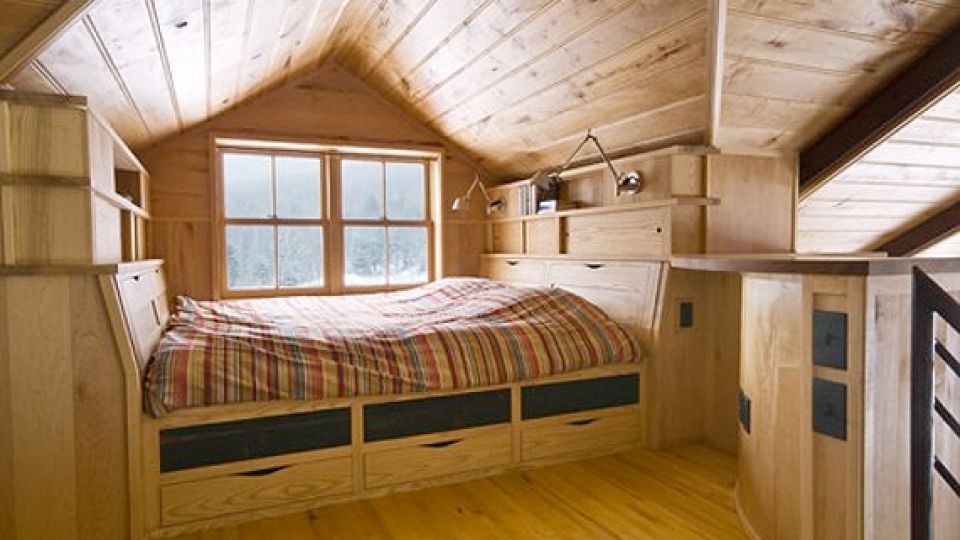For homeowners and real estate developers, understanding the importance of attic floor joist reinforcement can be pivotal. Whether you’re planning a renovation or simply want to ensure the structural integrity of your home, reinforcing your attic floor joists is a crucial step. The process not only enhances the safety and durability of your attic space but also adds value to your property. In this guide, we will explore everything you need to know about attic floor joist reinforcement.

Why Reinforce Attic Floor Joists?
Reinforcing attic floor joists is essential for several reasons. Firstly, it ensures the structural stability of your attic, making it safe for storage or conversion into a living space. Secondly, it helps in preventing any future damages or sagging of the floor. Lastly, by reinforcing the joists, you contribute to the overall longevity of your home.
Understanding Attic Floor Joists
Attic floor joists are horizontal structural members that provide support to the floor above and the ceiling below. They are typically made of wood, steel, or engineered lumber. The size, spacing, and span of these joists play a crucial role in determining the load they can bear.
Types of Materials Used
The most common materials used for attic floor joists include dimensional lumber, engineered wood products like LVL (Laminated Veneer Lumber), and steel joists. Each material has its advantages and disadvantages, which should be considered based on your specific requirements and budget.
Signs Your Attic Floor Joists Need Reinforcement
Several signs can indicate the need for attic floor joist reinforcement. These include noticeable sagging in the attic floor, creaking sounds when walking on the attic, visible cracks in the ceiling below, or plans to convert the attic into a livable space which would increase the load.
Steps for Reinforcing Attic Floor Joists
1. Assess the Current Condition
Before starting any work, it is important to assess the current condition of your attic floor joists. This involves checking for any visible damage, measuring deflection, and understanding the load requirements of the space.
2. Choose the Right Materials
Based on your assessment, choose the appropriate materials for reinforcement. For instance, if you’re dealing with a minor sagging issue, sistering the joists with additional lumber may suffice. For more significant issues, you might need to consider steel reinforcement or engineered wood products.
3. Hire a Professional
While some homeowners may opt for a DIY approach, hiring a professional ensures that the reinforcement is done correctly and safely. Professionals have the necessary tools and expertise to handle complex reinforcement tasks.
Cost Implications
The cost of attic floor joist reinforcement can vary significantly depending on factors such as the size of the attic, the materials used, and labor costs. On average, homeowners can expect to pay between $1,000 and $3,000 for professional reinforcement services.
DIY vs. Professional Reinforcement
While DIY reinforcement can save money, it requires a good understanding of structural engineering principles. Mistakes can lead to costly repairs down the line. Professional reinforcement, although more expensive, ensures that the job is done right the first time.
Benefits of Reinforcing Attic Floor Joists
Reinforcing your attic floor joists offers several benefits. It increases the load-bearing capacity of the attic, ensures safety, prevents structural issues, and adds value to the home. Furthermore, it allows for more flexible usage of the attic space, such as storage, living space, or an additional bedroom.
Common Mistakes to Avoid
Some common mistakes to avoid when reinforcing attic floor joists include using inappropriate materials, failing to address underlying issues, and not consulting with a structural engineer. Ensuring proper ventilation and addressing insulation concerns are also vital.
Maintenance Tips
After reinforcing your attic floor joists, regular maintenance is key to ensuring their longevity. This includes periodic inspections for any signs of damage or wear, ensuring proper ventilation to prevent moisture buildup, and maintaining an adequate level of insulation.
Related Topics
If you’re interested in learning more about attic renovations, consider checking out topics like Attic HVAC, Attic Dehumidifiers, or Attic Roof Framing.
External Resources
For inspiring attic transformations, visit The Spruce.

FAQ
What is the best material for attic floor joist reinforcement?
The best material depends on your specific needs and budget. Common options include wood, steel, and engineered lumber.
Can I reinforce attic floor joists myself?
While possible, it is recommended to hire a professional for complex reinforcement tasks to ensure safety and compliance with building codes.
How much does attic floor joist reinforcement cost?
The cost can range from $1,000 to $3,000 depending on various factors such as the size of the attic and the materials used.
This article contains affiliate links. We may earn a commission at no extra cost to you.



